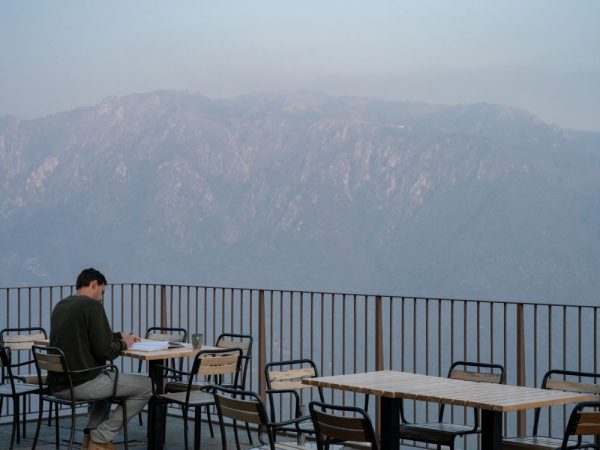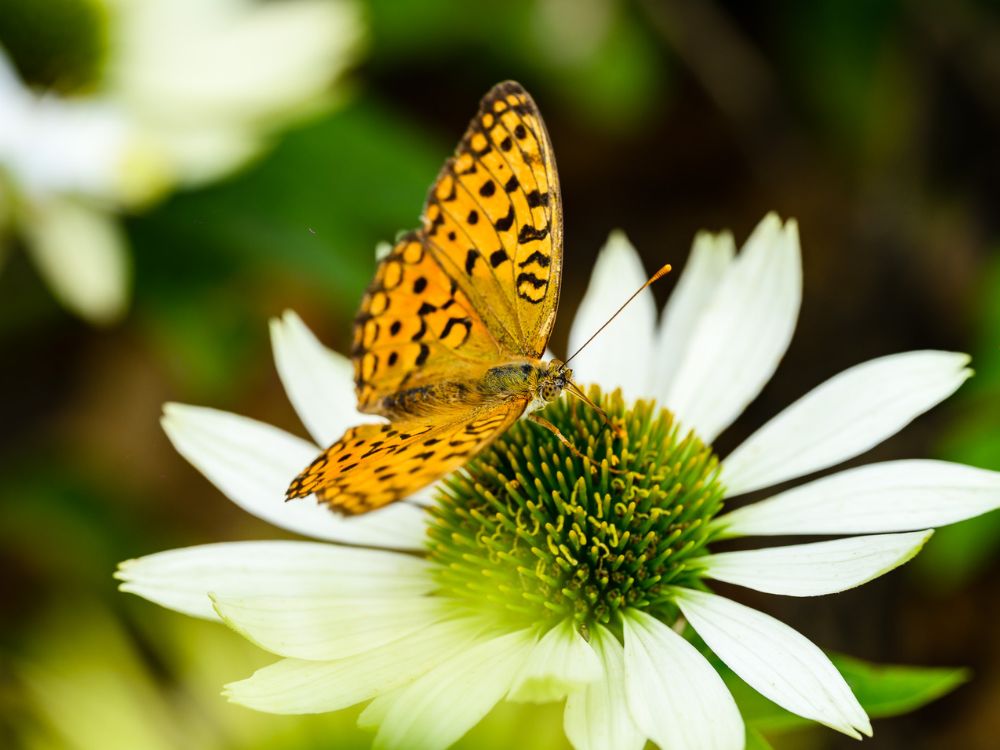With these reflective answers, Evangelos shares the inspiration behind Awakening the Masculine Heart: A Men’s Mindfulness Retreat — a powerful space for men to lay down their armor, reconnect with their hearts, and rediscover what true strength feels like. Drawing from ancient wisdom and modern awareness, he explores why men today need dedicated spaces to drop performance, reclaim presence, and live with greater freedom, integrity, and love.
1. What inspired you to create this retreat for men, and what is the deeper intention behind it?
Throughout history, men have gathered around fires, mountains, and battlefields to serve a shared purpose. Today, the real battle is within — between our minds and our hearts. This retreat invites men to lay down their inner armor and rediscover what true strength feels like: presence, integrity, and love.
We’re not here to become “better” men — we’re here to become freer men. Men who live with meaning, clarity, and courage. Using ancient wisdom with a modern lens, we’ll meditate, move, and unravel the conditioning that keeps us stuck.
A liberated man moves through the world undefended — grounded in truth, open to joy, creativity, and love. When men gather to do this work, something alchemical happens: we awaken a deep intelligence that makes us whole, resilient, and fully alive. This isn’t about chest-thumping. It’s about waking the sleeping giant within — the one who knows he’s here to be the change he longs to see in the world.
2. What themes or challenges do you see men facing today that this retreat aims to explore or transform?
Modern men are navigating an identity crisis — caught between outdated ideals of strength and a world demanding emotional intelligence and depth. We’ll explore and transform challenges such as:
- Feeling numb or disconnected — unsure of what you truly feel (no feeling = no life force).
- A scattered mind — learning to return to presence and heal the split between body and mind.
- Loss of purpose — realigning with your heart’s true direction.
- Scarcity patterns — in money, love, or meaning.
- Balancing power and sensitivity — embodying strength without hardness.
- Creating boundaries — that protect without isolating.
- Learning to be alone — discovering peace and presence in stillness and nature.
- Letting go of the victim identity — awakening your sovereignty in a changing world.
This work helps men reclaim their aliveness, clarity, and direction.

3. What kinds of sessions or practices will take place, and how do they support this intention?
The retreat is immersive and experiential — a dojo for the soul.
- Silent Sitting Meditation – cultivates awake, clear awareness.
- Conscious Movement & Mindful Boxing – conditions the body and reveals the mind under pressure.
- Dharma Talks & Guided Inquiry – orient the mind toward truth and insight.
- Men’s Circles & Hot Seat Work – bring raw honesty, vulnerability, and breakthroughs.
- Partner & Small Group Practices – deepen connection and trust.
- Nature Walks & Contemplation – regulate the nervous system and attune you to presence.
- Radical Responsibility Practices – help you own your story, forgive yourself, and move forward free of blame.
Each session is designed to reconnect you to your body, awaken emotional intelligence, and ground your power in awareness.
4. Why is it important for men to gather in a space dedicated specifically to them?
Because men need spaces where they can drop the performance.
In mixed settings, many men unconsciously hold back — afraid to overwhelm, to be judged, or to expose their raw truth. A dedicated men’s space allows full expression — rage, grief, laughter, tenderness — without filters.
Here, men can face themselves and each other with honesty. Less distraction, more depth. It’s where we can release anger safely, rediscover our hearts, and reclaim our natural integrity.
5. What do you hope participants will take away — personally, relationally, and collectively?
You’ll leave with more energy, less drama, and a heart that feels like home.
Personally:
· Greater calm and clarity under pressure.
· A stable emotional center and sharper focus.
· Freedom from habits that drain your vitality.
Relationally:
· Healthier communication and empathy.
· The courage to repair and forgive.
· Deeper connection without losing yourself.
Collectively:
· A clearer sense of purpose.
· A lived understanding that awakening is not solitary — it ripples outward.
You’ll embody the path of:
Wake up – Remember who you are and raise your vibrational field.
Grow up – Evolve through integrity and accountability.
Mess up – Learn from mistakes; they are your greatest teachers.
Clean up – Repair, release, and integrate your shadow.
Show up – Live as a heart-centered, responsible man.
Open up – Trust life again; allow infinite possibilities to unfold.
6. What would you say to a man who feels curious but hesitant about joining?
Curiosity is the door to freedom. Every man who has ever grown — in love, courage, or wisdom — has done so by stepping into the unknown.
If part of you is drawn here, trust that instinct. You don’t need to “fix” yourself; you just need to show up. This isn’t about being macho or enlightened — it’s about being real.
When one man rises, he lifts others with him. We’ve got your back. Come as you are — leave with more of who you truly are.
Join Evangelos at Mandali on January 23-28 2026, for Awakening the Masculine Heart: A Men’s Mindfulness Retreat, a journey into presence, purpose, and the freedom of living with an open heart.












